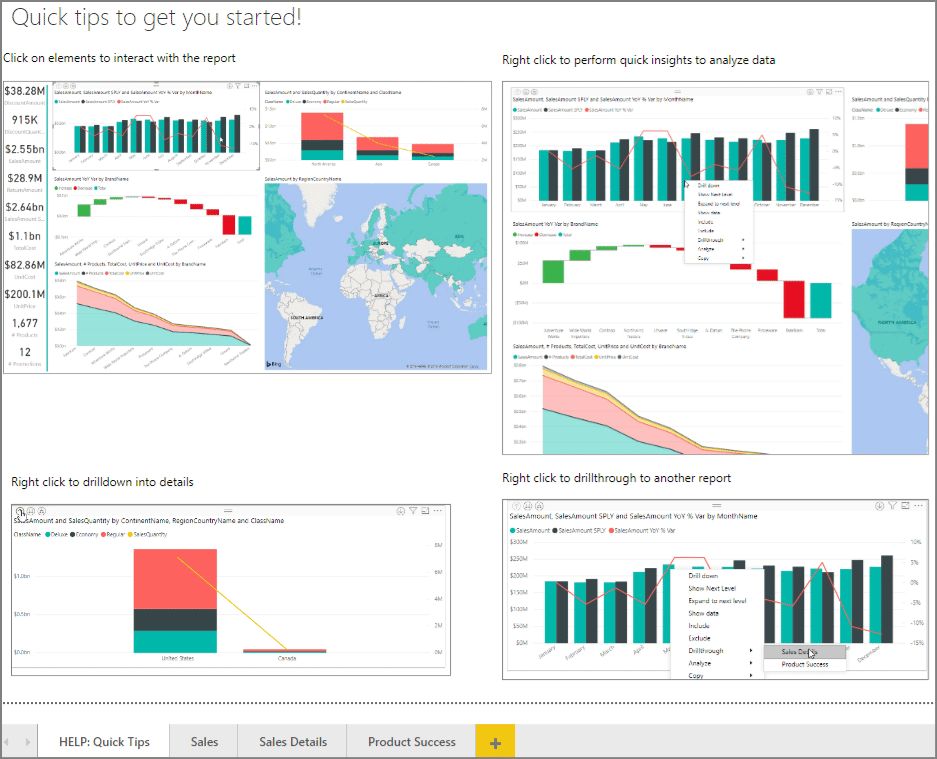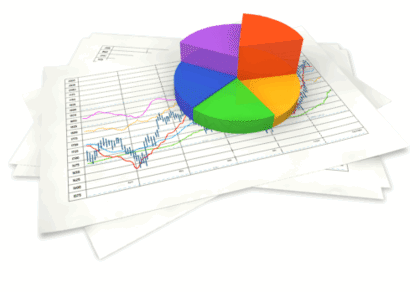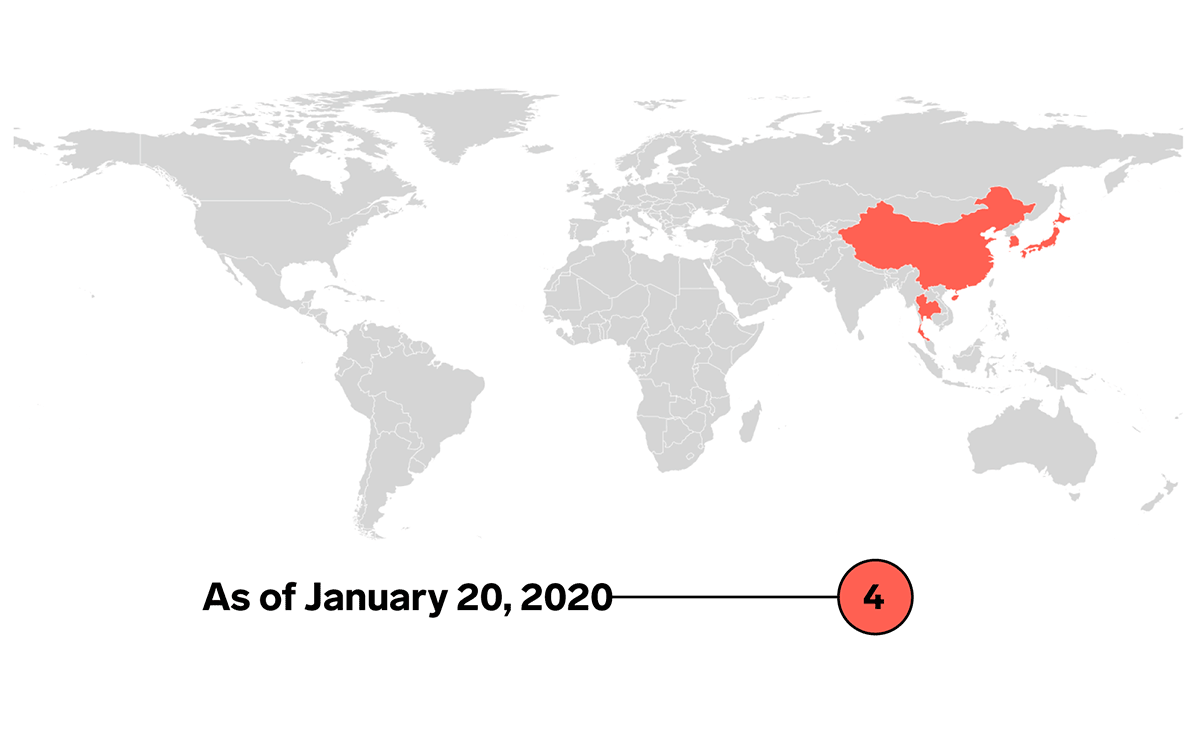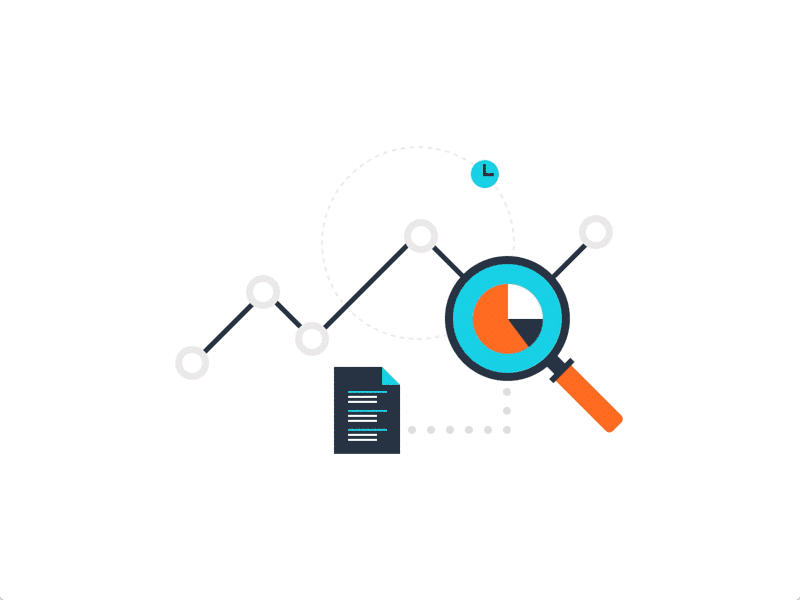Market Forecasting
Forecasting is critical in commercializing the products, whether for new drug products or ongoing products.
New Product Forecasting, Thelansis perform this exercise before the launch of a new product in the market to evaluate year-on-year future consumption of drug products, primarily using different algorithms of a product attribute, market uptake, and current drug utilization, which facilitates the acceptance of the new product in the market vis a vis to the competitor’s product.
In-Market Product Forecasting: Thelansis conducts sales-based and Patient-based forecasts of drug products already being marketed. In this case, historical sales performance plays a significant role; however, any shift in future treatment paradigms and clinical practices are key factors that will help the forecasting team to project the sales forecasting of the existing product.
Thelansis has strong expertise in building patient-based market forecasting models, which enables our stakeholders to understand the current epidemiology scenario, potential patient pool, Market Analog, Product attribute, market uptake, patient share uptake, the annual cost of therapy, current drug utilization, prescription share, current clinical practice, and future treatment paradigm. Thelansis with a robust repository of 6,000+ Bio-pharma reports involving 1 Million man-hours catering to the top pharmaceuticals and biotech companies across the mature and emerging markets like the USA, Germany, France, Italy, Spain, UK, Japan, China, Singapore, India, Australia, New Zealand, Canada, KSA (Saudi Arabia) and UAE (United Arab Emirates), Brazil, Argentina, and Mexico.
Epidemiology Research
Epidemiology of a disease gives insight into the natural history and causes of disease and can provide evidence to help prevent disease occurrence. In an epidemiology research study, prevalence and incidence are among the most critical measures where incidence rates represent the influx of new disease cases among the susceptible population of a particular location. In contrast, prevalence measures a population’s disease burden at a specific time.
Sales-based forecast, Patient share uptake, the average cost of therapy, Annual Cost of Treatment, Epidemiology Research, Drug utilization study, Patient-based forecast model









